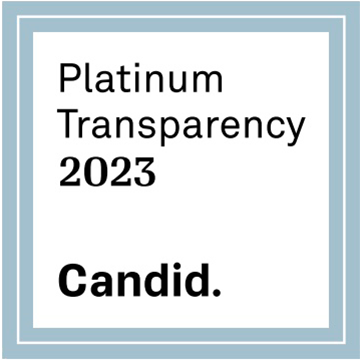Zoning Code
Most states, including Arizona, do not require cities to establish growth boundaries, although Urban Growth Boundaries (UGB) are required in several states, most notably Oregon. A UGB is a political boundary created to contain urban sprawl by clustering development and services, and is typically implemented through state, regional, or local planning agencies, or legislative bodies.
The urban growth boundary for Portland, Oregon.
UGBs encourage infill and growth in areas that have access to infrastructure and are an effective tool to protect agricultural and rural land as a community is developing. They can also be used to protect water resources.
At the height of a housing boom in 2005, Arizona amended its statutes to prohibit the state from mandating urban growth management requirements that would require a city, town, or county to adopt a growth management ordinance or plan (A.R.S. §9-462.13). However, there does not appear to be a restriction on cities, towns, or counties establishing their own growth management requirements or establishing UGB’s, although Arizona communities have not chosen to do so.
A number of other mechanisms can be employed to direct growth, such as Tucson’s water service area policy to provide service only within the city’s planning area, which encouraged growth where there is existing water and wastewater infrastructure. Zoning regulations can be used to steer growth to specific areas by designating large lot or agricultural protection zones. Because there is the potential for parcels to be rezoned to a different use, there must be safeguards in place to maintain the original zoning to direct growth.
Arizona requires that general and comprehensive plans for larger or fast growing communities contain a Growth Area Element to ensure consideration of growth in relationship to conserving natural resources and open space, and to identify areas more suitable for growth when considering transportation and infrastructure. Plans that include this element generally support compact development and incentives for infill. This intent is reflected in the Yavapai County comprehensive plan that describes responsibly planned and managed growth as supporting “…compatibility between rural areas and more compact, clustered development to better preserve highly valued open space, conserve water, and other limited natural resources, and to avoid urban sprawl”.
Case Study: City of Mesa, Arizona, Infill Development Districts
Mesa’s zoning ordinance includes two types of infill development (ID) districts to facilitate the development and redevelopment of underutilized, abandoned, and “by-passed” properties. By-passed parcels are small parcels, generally less than 5 acres in size, that are vacant, may be oddly configured, and have access to existing utilities. The ID designation provides relief from certain development standards that were formerly impeding development. Development is incentivized through alternative fees and a streamlined review process.
Mesa’s intent was to help create employment opportunities and improve economic viability within the ID Districts, but districts can be formed to meet other objectives, such as providing housing near existing infrastructure and services.
Creating the ID zoning districts was also seen as a way to encourage flexibility in development and investment, and as a way to promote innovative approaches that utilize sustainable development practices.
Requests to form an ID must include submittal of an infill incentive plan that includes development goals and addresses applicable development regulations and standards. Additional information that may be required includes an infrastructure element showing plans for incorporation of transportation, stormwater, and utility options.
Applications for an ID must be approved by the City Council following a public hearing. The planning and zoning board may request review by the City Design Review Board or other advisory board. Review evaluation criteria are included in the ordinance to ensure the development includes, among other things, environmental sustainability features and that the development is well integrated into its environmental setting, including existing vegetation and drainage patterns.
Model Ordinance
Mesa Zoning Ordinance Chapter 12 can be found here.
Contact
City of Mesa Development Services
Website: http://www.mesaaz.gov/business/development-services
Email: john.wesley@mesaaz.gov
Phone: 480.644.4273
Additional Resources
- Denver Regional Council of Governments Regulatory Strategies for Encouraging Infill and Redevelopment
- Oregon Urbanization Guidelines
- Agricultural Protection Zoning
- EPA’s Essential Smart Growth Fixes for Rural Planning, Zoning and Development Codes



